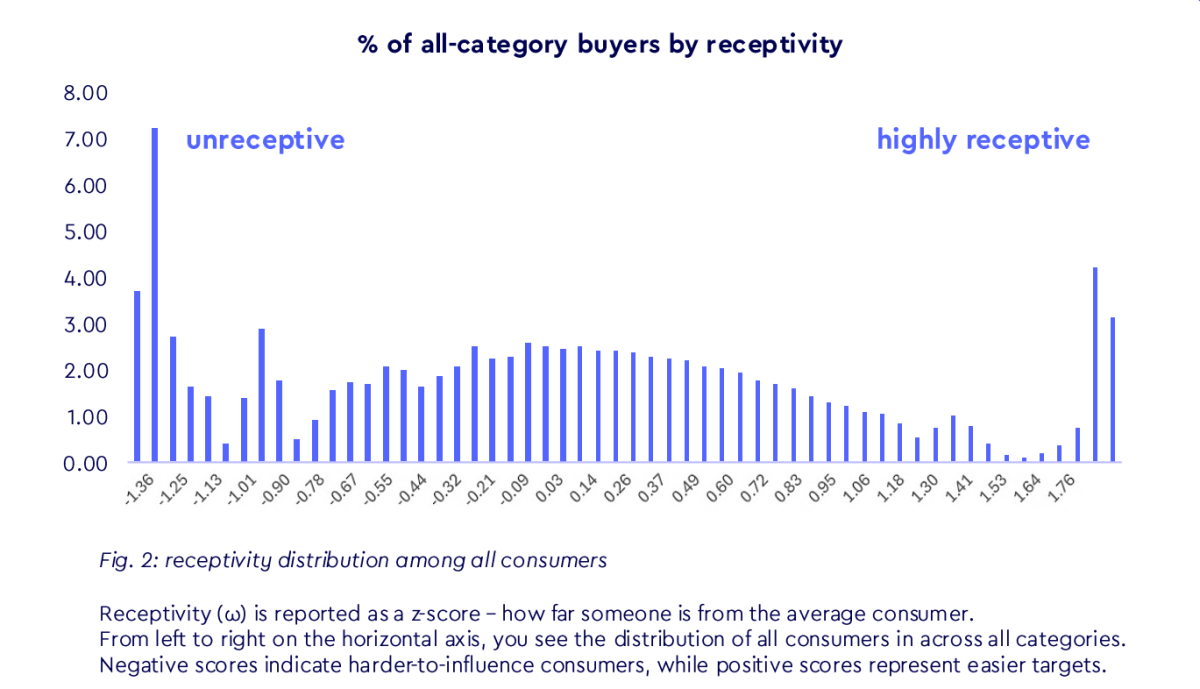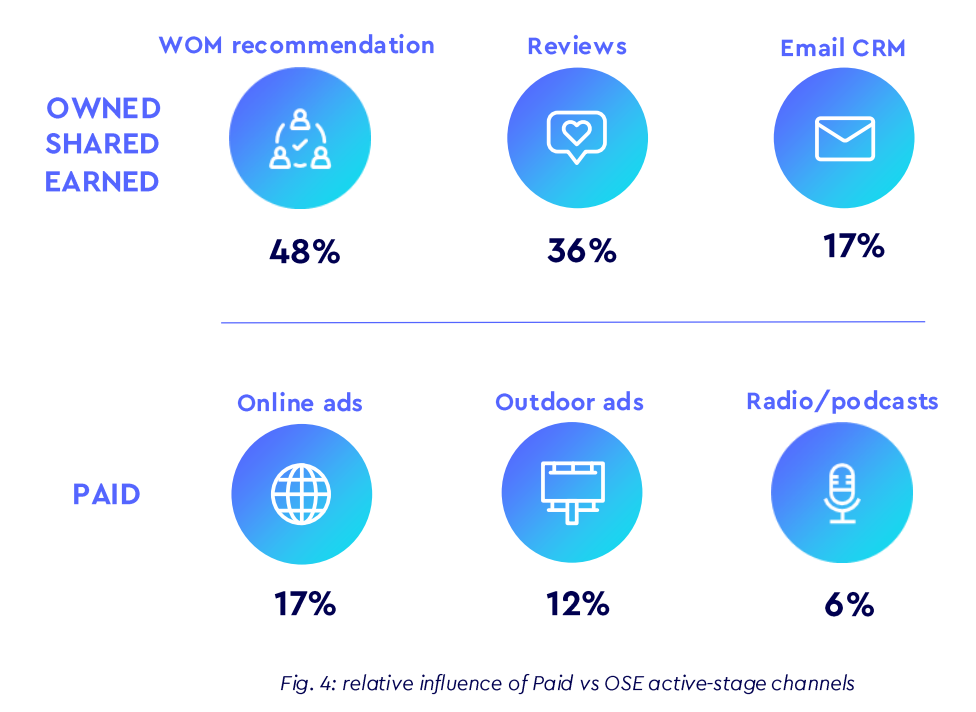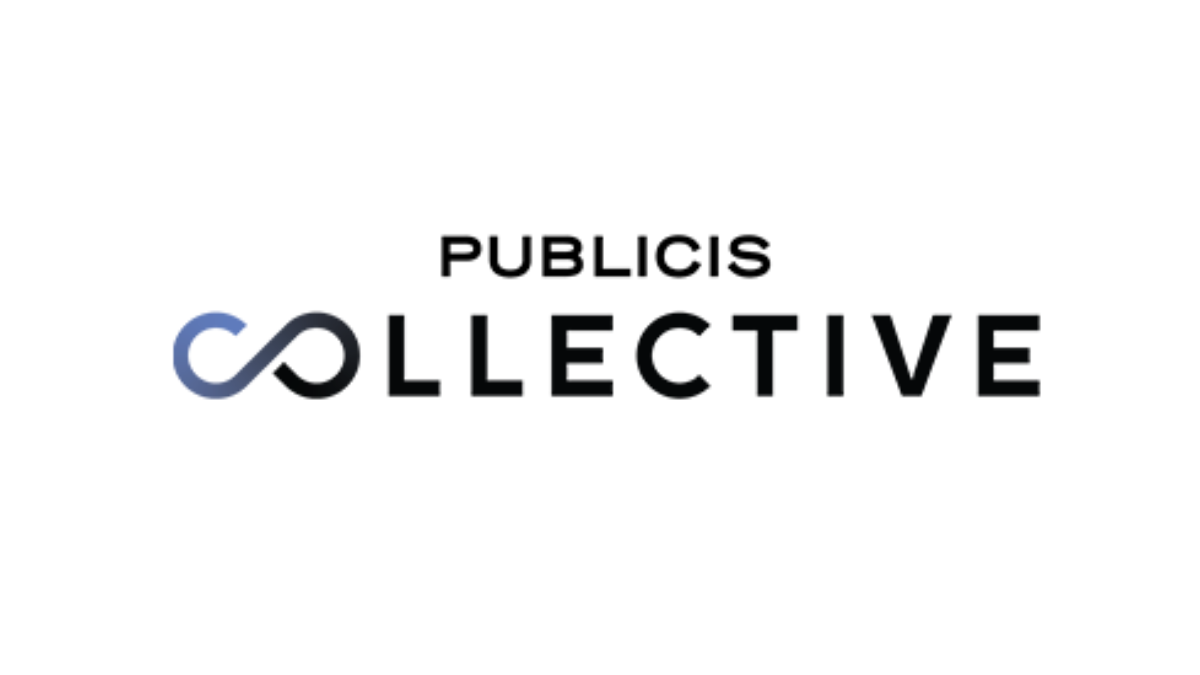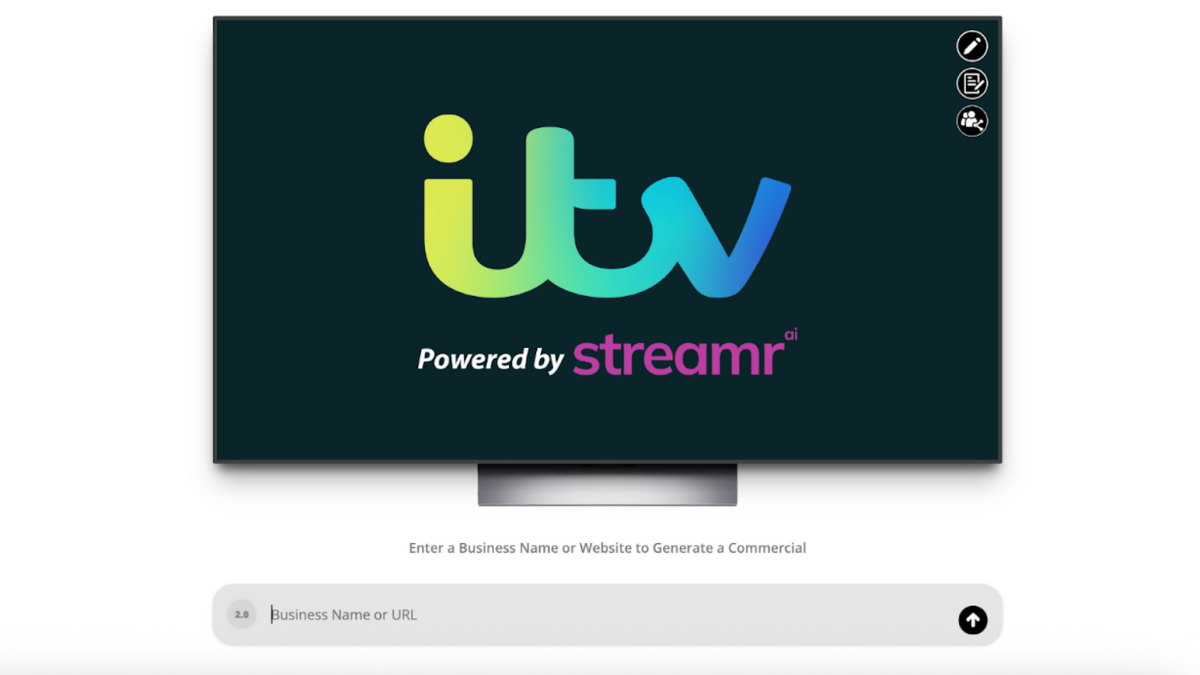WPP Media’s new research paper aims to dispel any lingering notions that reach and attention are sufficient to successfully market products and services.
How Humans Decide preaches the importance of receptivity and influence in media planning. It was written in conjunction with Oxford University’s Saïd Business School, and the school’s associate professor of marketing, Felip Thomaz, who has previously published research on media mixes.
Below is a summary of what the paper says, and what it means for agencies and marketers.
What’s the point of this research? It introduces a few more variables into media planning. Instead of treating reach and attention as fungible metrics, the research measures how receptive people are to advertising when shopping in different product categories, and the ability of media channels to influence purchases in different contexts.
Does it address a genuine problem? ‘There is a lot of focus on reach and attention,’ confirms Steve Taylor, UK head of strategy at Mediahub. But while there are some planners who blindly chase these metrics, most competent practitioners already know to treat them as ‘a proxy that gives us a handle on what might make our advertising more effective.’ Likewise, decent planners know that people are fickle, and that different media channels have different effects, from the trust engendered by TV to the urgency communicated by outdoor. But what WPP’s research appears to add that’s new under the sun is a more precise gauge of these effects.
How did WPP get the data? 1.2 million consumer interviews conducted over a decade, spanning 47 countries and more than 200 product categories.
Does the paper distil human decision making into a simple framework? Oh, yes. WPP divides the purchase journey into the priming stage and the active stage. In the priming stage, people are not actively considering buying a product or service, but they still absorb stimuli that affects how they feel about a brand. In the active stage, a want or need has pushed someone to move towards a purchase.
What are the main findings? First of all, priming plays a huge role in purchase behaviour. Exactly how big of a role varies between categories. People shopping for credit cards, for example, will buy a brand they were already biased towards 75% of the time. People shopping for pain medication, meanwhile, do so 91% of the time. Averaged across all categories, 84% of purchases are for brands that people were already thinking of buying before they started shopping. So, if a brand is introducing itself to customers after they’ve entered the active stage, they’re essentially fighting for 16% of the market.
Second, people’s receptivity to marketing messages in any given category varies quite a lot but clusters at the extremes. Averaged across all categories, 23% of buyers fall within the ‘unreceptive’ end of the spectrum. This means that relatively few media channels will influence them, and you have almost no chance of converting these people if you’re targeting them for the first time in the lower funnel. But it also means that if you are able to prime these unreceptive types to favour your brand before they enter the active stage, they’re unlikely to have their attention diverted by a competitor down the line. At the other extreme, about 10% of consumers are influenced by pretty much every message they come across.

Media touchpoints vary greatly in their ability to influence people, depending on the product being promoted, whether you’re targeting people in the priming or active stage, etc. According to WPP, picking four touchpoints using its receptivity and influence framework, as opposed to buying the most efficient reach, increases a brand’s chance of influencing a consumer from 20% to 47%.
Finally, if a brand is looking to influence someone in the active stage of their purchase journey, they are far more likely to do so with earned, shared or owned media than with paid media. ‘On average, channels containing [owned, shared and earned] touchpoints are nearly 3x more powerful than paid media alone in converting someone from bias to purchase,’ according to the report.

What does all this mean for how marketers and agencies go about planning a campaign? Stuart Bowden, president of strategy and capabilities for global clients at WPP Media, says that it makes the argument for marketers moving money back up the funnel, to ensure they’re building their brand and winning people over when they’re in the priming stage. He adds that it also helps businesses understand that they ‘need to move beyond paid media more effectively.’
‘I think there’s really strong evidence here for people to go back inside their business and try to pioneer organisational restructure and realignment,’ says Bowden, ‘to allow their businesses to become not just paid-only advertising marketing organisations, but to see the whole purchase journey and make decisions in an informed way across all the 72 touchpoints, at a brand and a category level.’
Has WPP Media tested its new framework with clients? According to a spokeswoman for WPP Media, the company is ‘in the process of integrating data from the research into the WPP Open platform. It’s also ‘engaging directly with clients to share the findings and discuss next steps.’
Main image by Joshua Earle on Unsplash.



















